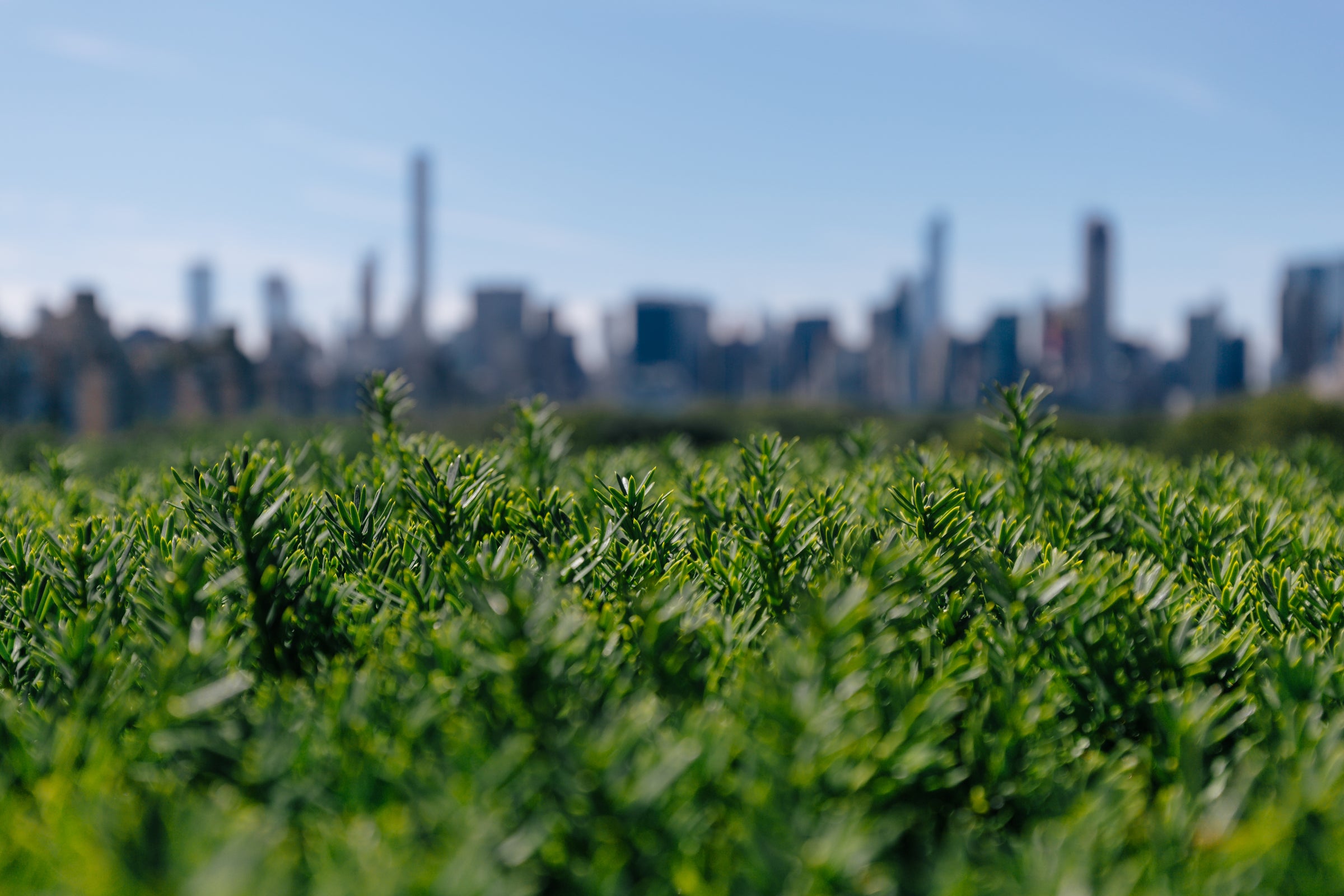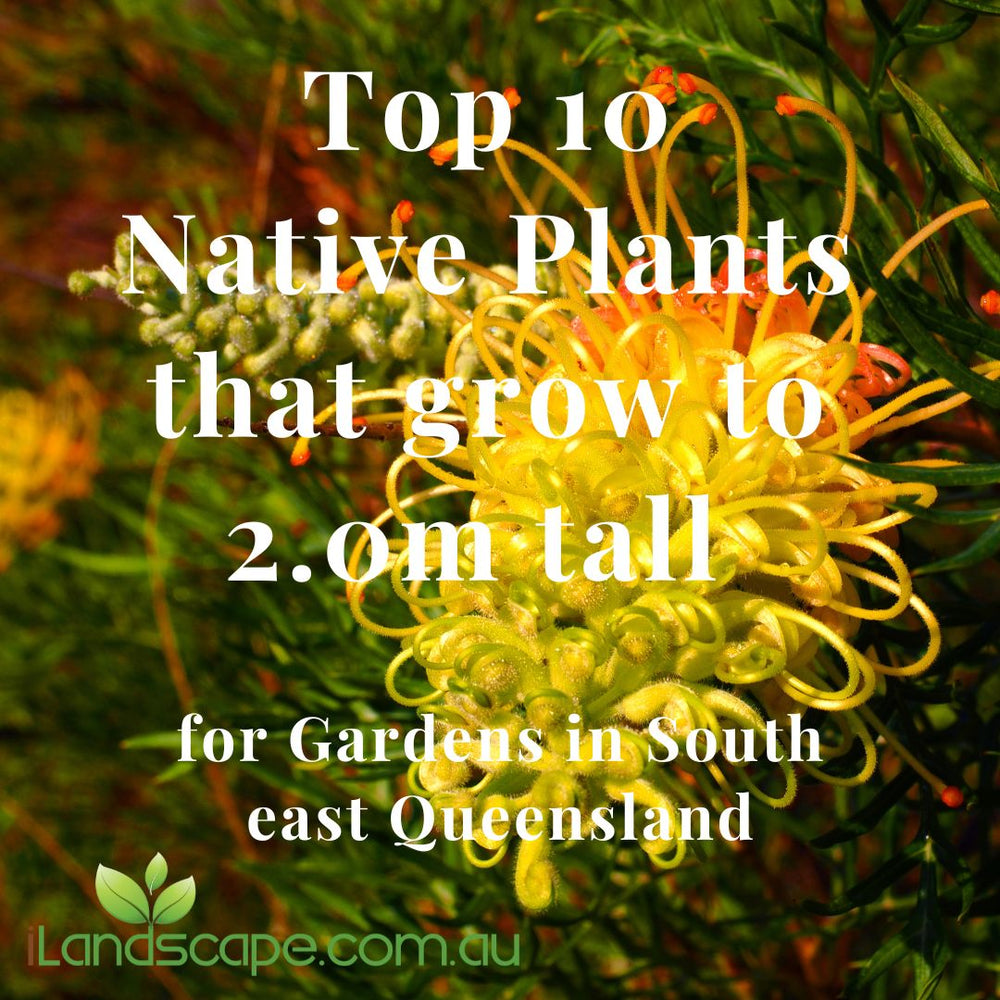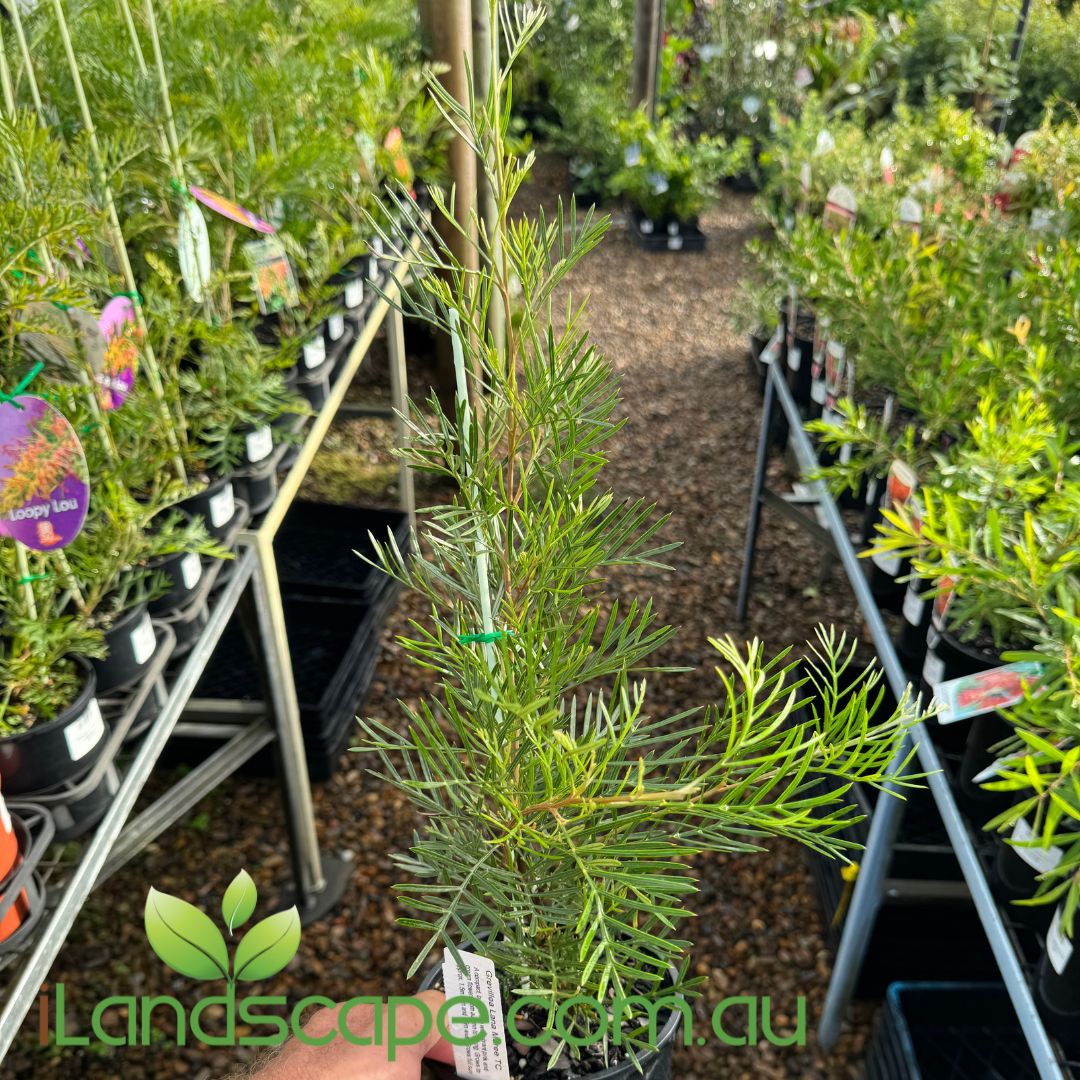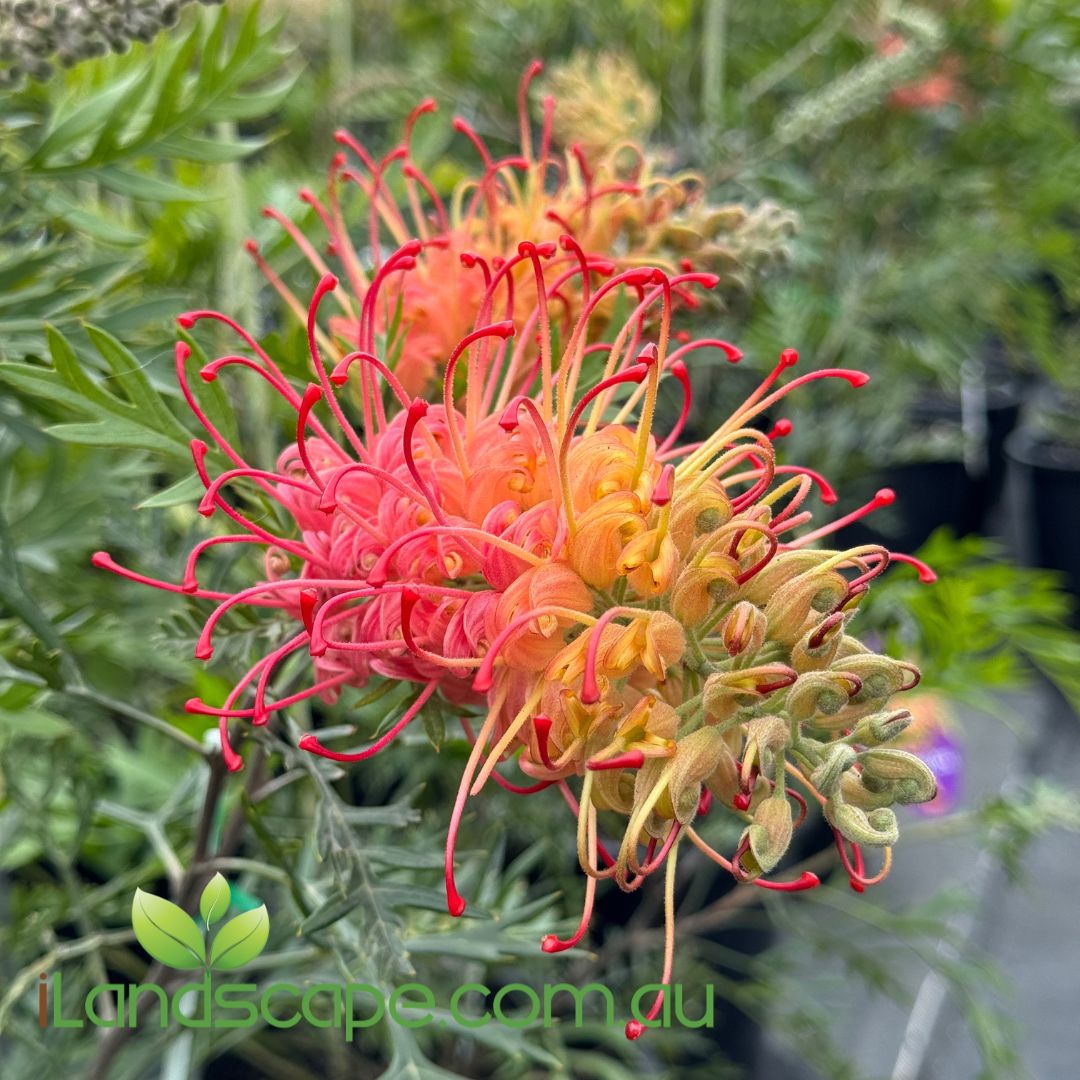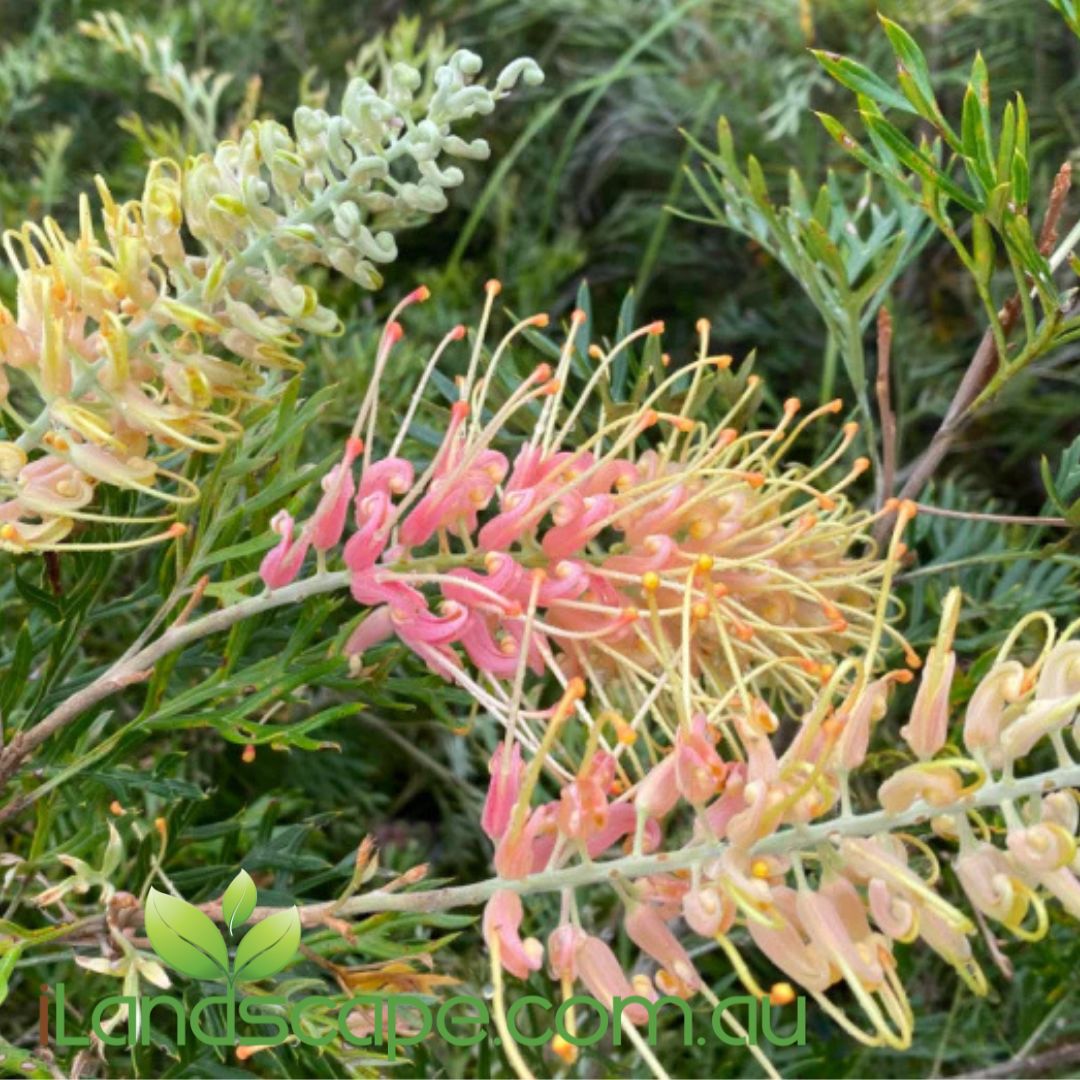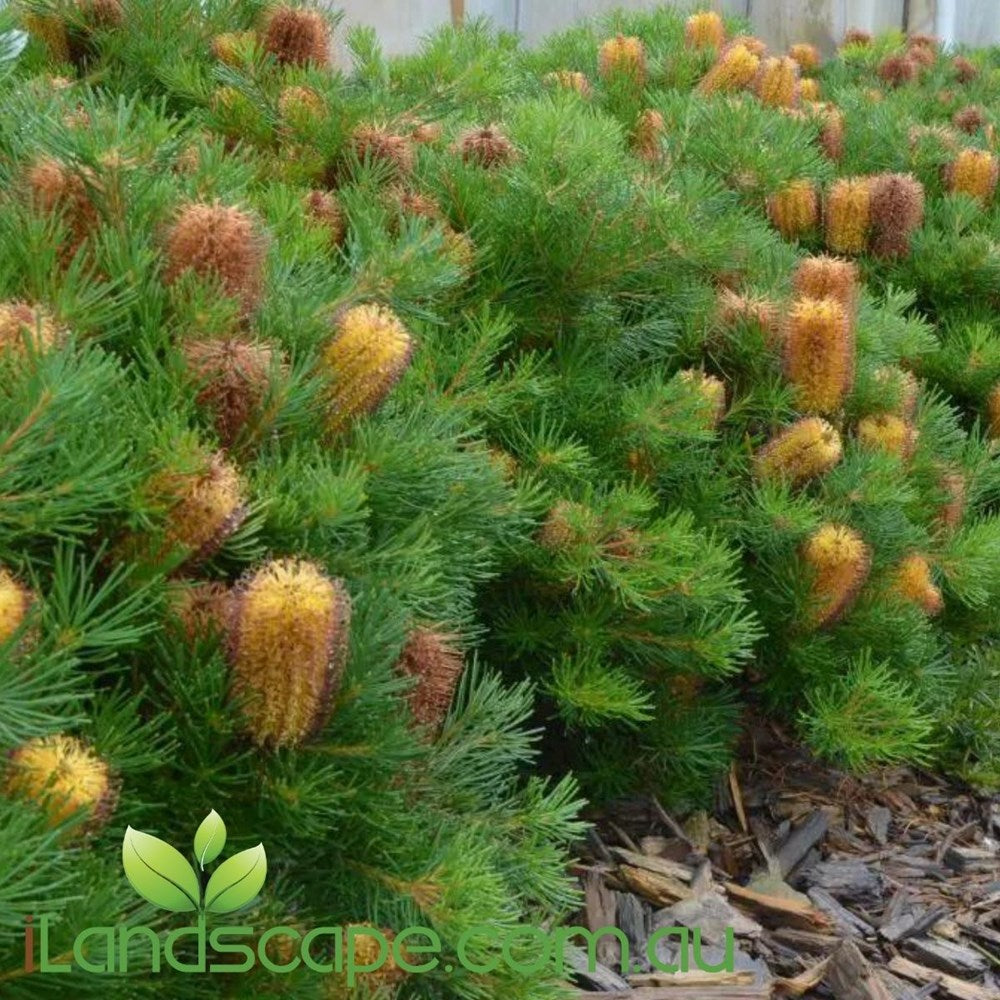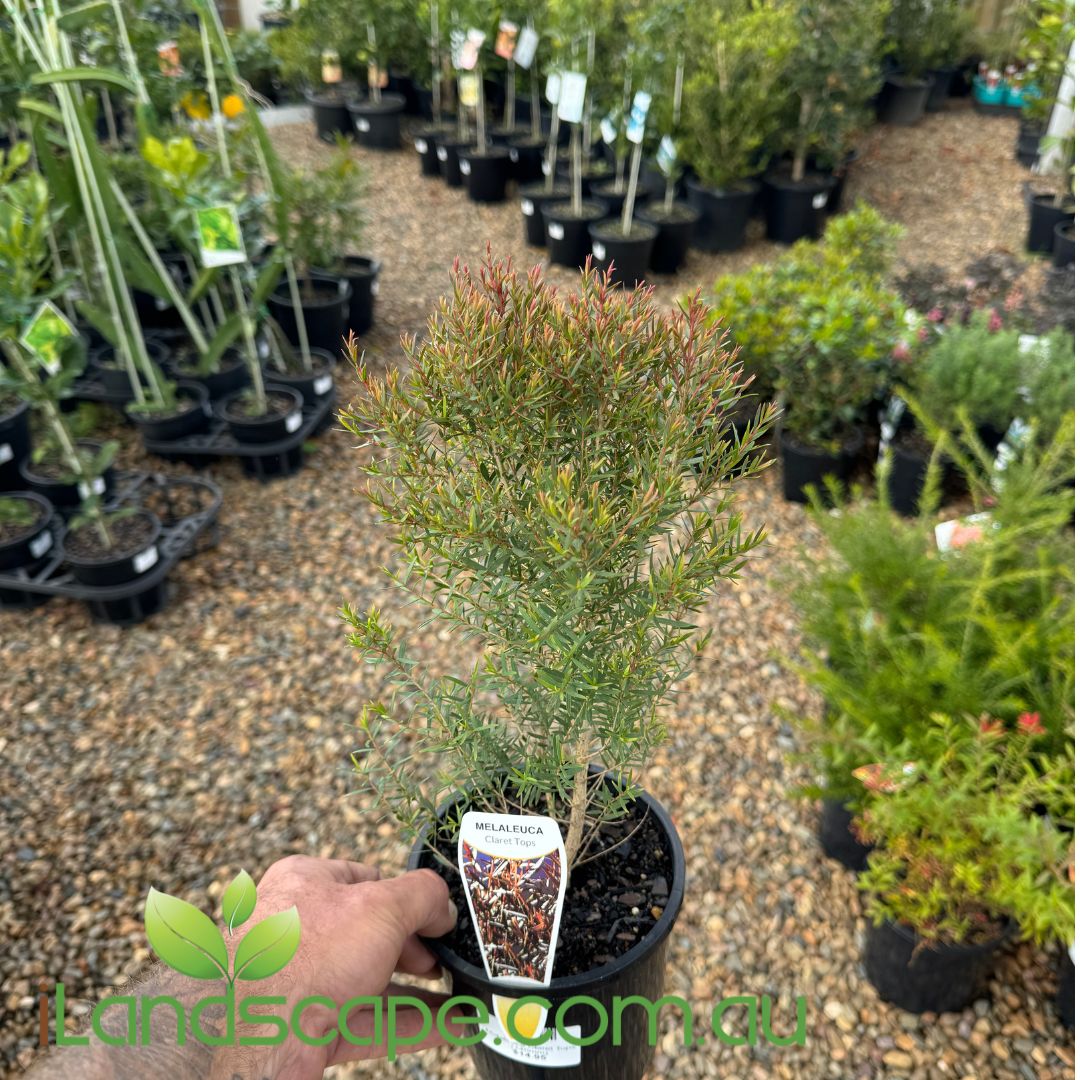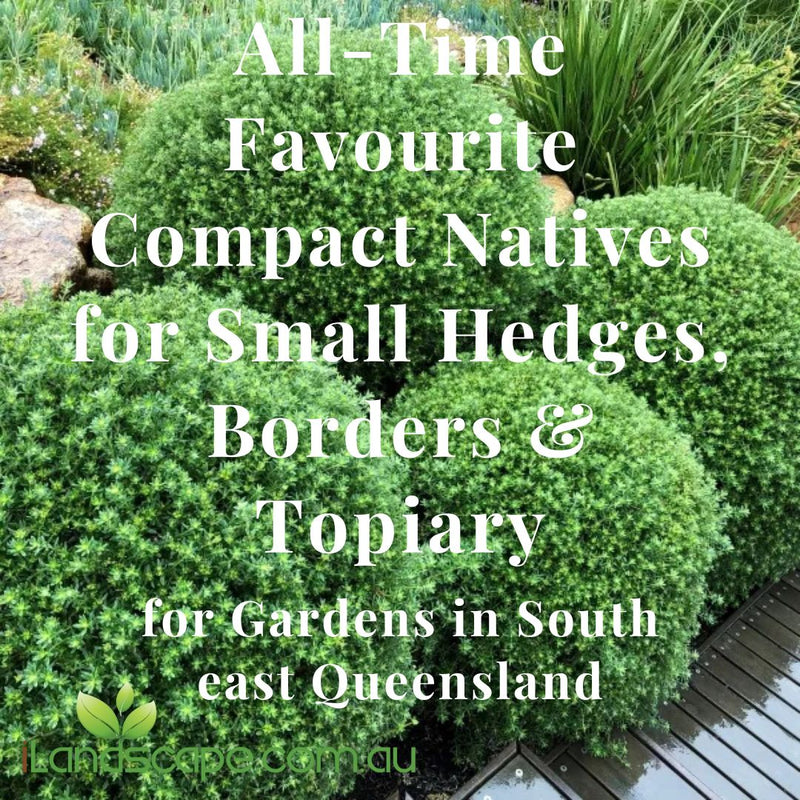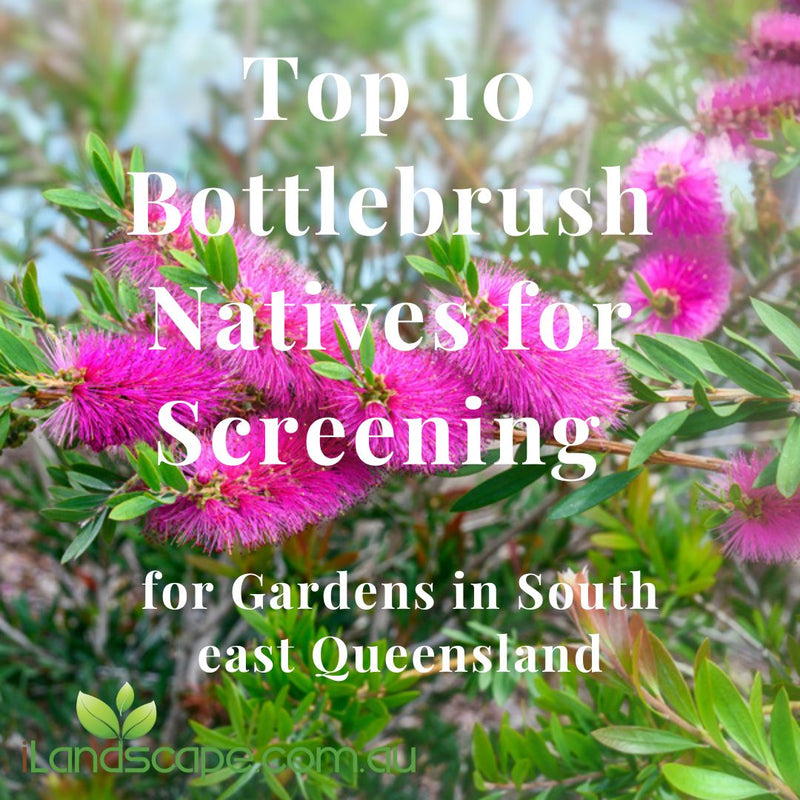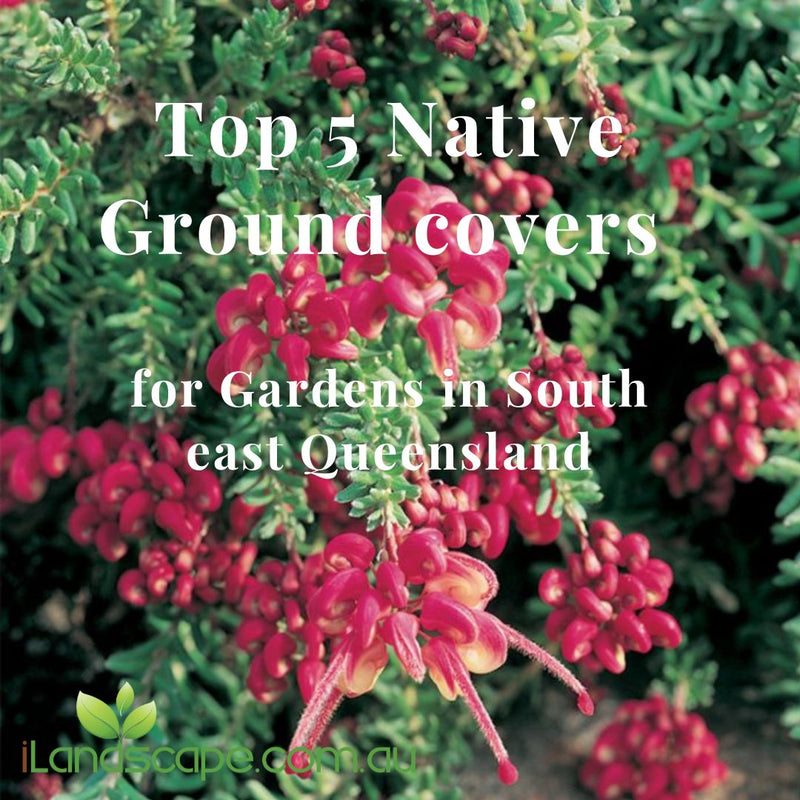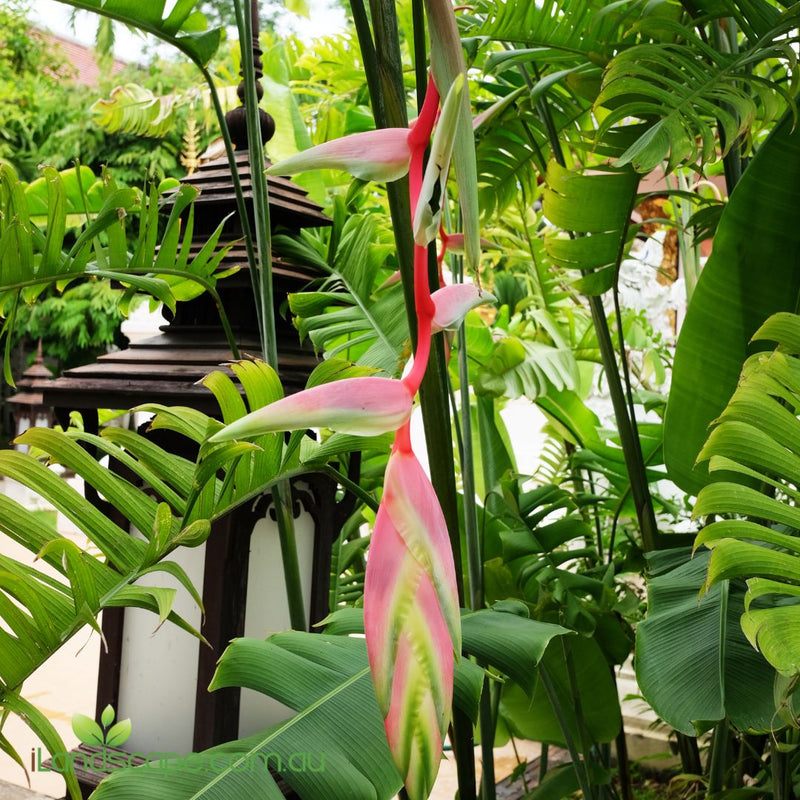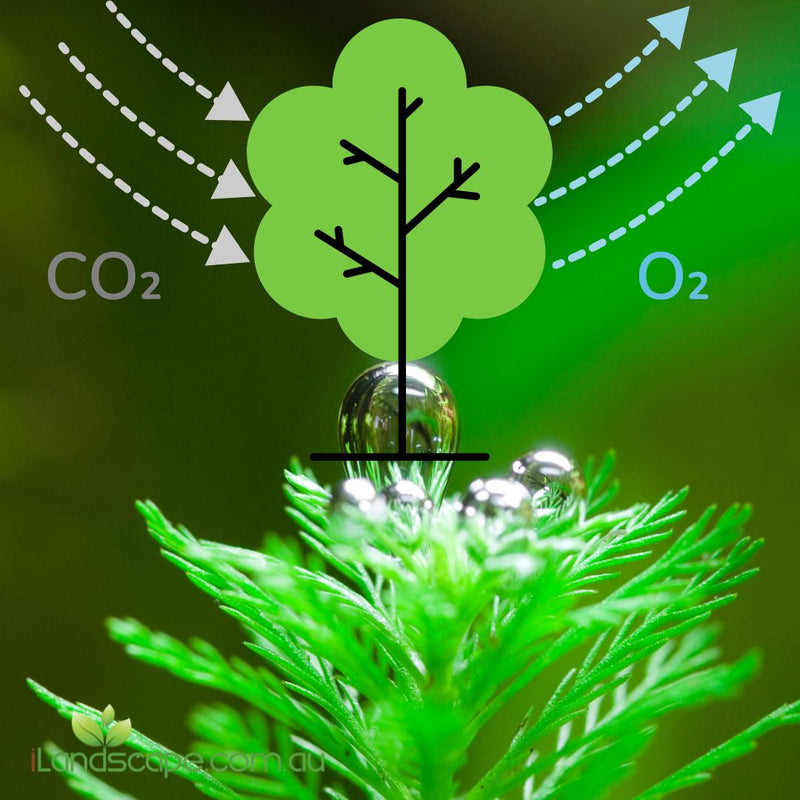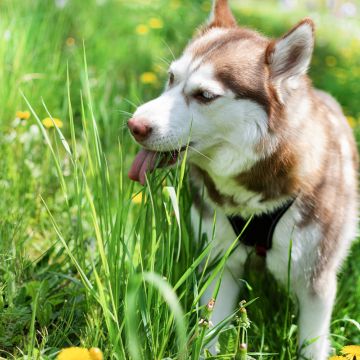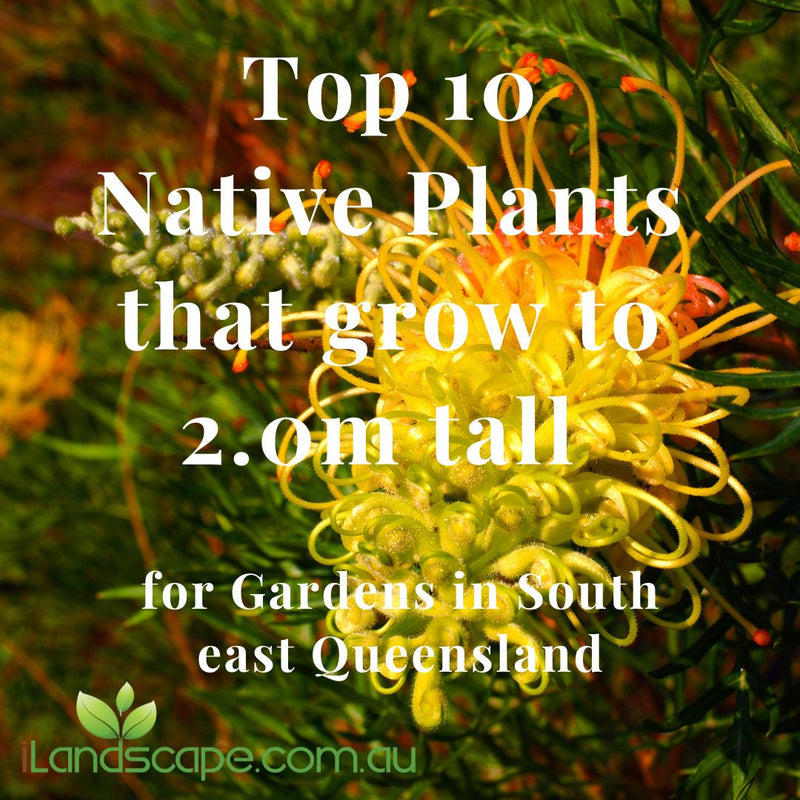Looking for compact native shrubs that bring colour, texture, and wildlife to your garden without growing too tall? Whether you need a low hedge, or feature plant, there are plenty of tough, low-maintenance Australian natives that stay under 2 metres. Here are our top 10 picks, all perfect for Sunshine Coast conditions.
1. Grevillea ‘Lana Maree’
A colourful, low-growing Grevillea with masses of pink and cream flowers. Perfect for borders, low hedges, or attracting birds to your garden.
2. Grevillea ‘Loopy Lou’
This tidy, rounded shrub produces soft pink flowers over a long season. Great for garden beds or adding long-lasting colour to smaller spaces.
3. Grevillea ‘Soopa Doopa’
A neat, compact shrub with pink and cream flowers that bring native birds into your garden. Perfect for borders or feature planting.
4. Grevillea ‘Lemon Baby’
A bright and cheerful variety with lemon-yellow flowers and soft green foliage. Ideal for adding contrast and light to native planting schemes.
5. Banksia spinulosa (Hairpin Banksia)
A compact, bird-friendly shrub with golden-orange flowers and fine, dark green foliage. Great for adding texture and attracting wildlife.
6. Banksia ‘Honey Eater’s Delight’
A low-growing variety with golden-orange flower spikes and soft foliage. Ideal for small spaces or adding native colour to garden beds.
7. Grevillea ‘Little Robyn’
A compact Grevillea with soft green foliage and red flowers that attract birds. Perfect for low hedges or feature planting in smaller gardens.
8. Leptospermum ‘Little Lemon Scent’ PBR
A dense, bushy shrub with lemon-scented foliage and white flowers in spring. Great for low hedges, borders, or feature planting in native gardens.
9. Melaleuca ‘Claret Tops’
A compact shrub with rich green foliage and striking claret-red new growth. Ideal for colourful borders, native gardens, or low-maintenance screening.
10. Melaleuca thymifolia ‘Purple Lace’
A soft, compact shrub with fine green foliage and purple frilly flowers. Perfect for borders, rockeries, or small garden spaces.
Shop Our Full Range of Australian Natives
Visit us in-store or online at Garden Centre Sunshine Coast to explore our full range of Australian native plants, perfect for local conditions.

